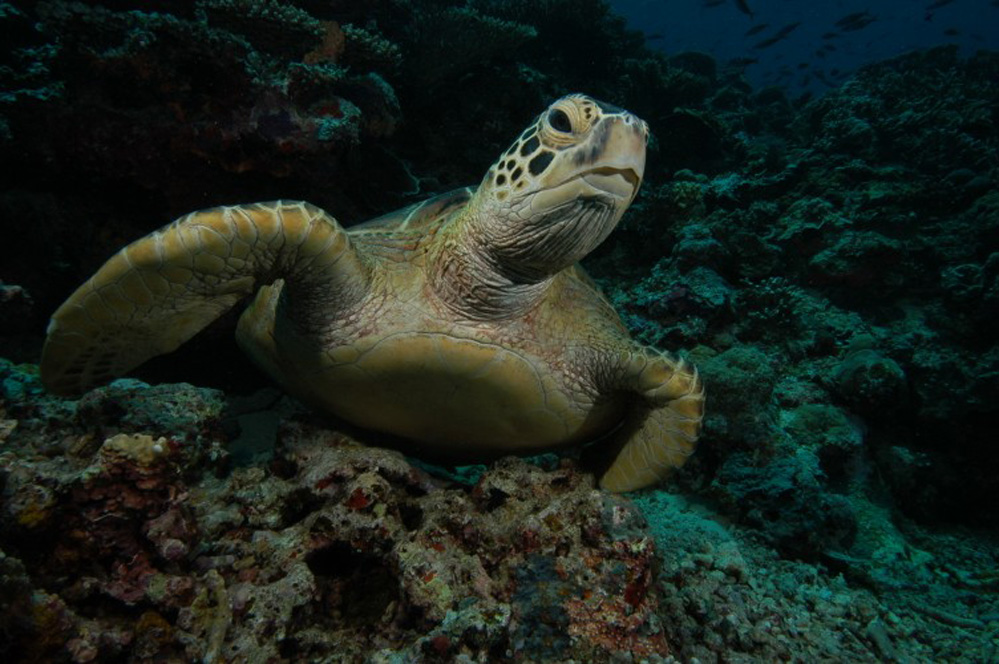
Mountain Gorilla
Gorilla beringei ssp. beringei
More than 48,600 species are threatened with extinction
That is still 28% of all assessed species.
amphibians
41%
mammals
26%
conifers
34%
birds
11%
sharks
38%
corals
44%
crustaceans
28%
reptiles
21%
cycads
71%
Help us make The IUCN Red List a more complete barometer of life.

Supporters of IUCN gathered on the sidelines of the 16th CoP to the UN Convention on Biodiversity in Cali, Colombia on 28 October to celebrate the 60th anniversary of the IUCN Red List of Threatened Species and to chart an ambitious path forwards for expanding the “barometer of life”.
Read the full article on IUCNRead the full article on IUCN
Established in 1964, The International Union for Conservation of Nature’s Red List of Threatened Species has evolved to become the world’s most comprehensive information source on the global conservation status of animal, fungi and plant species.
The IUCN Red List is a critical indicator of the health of the world’s biodiversity. Far more than a list of species and their status, it is a powerful tool to inform and catalyze action for biodiversity conservation and policy change, critical to protecting the natural resources we need to survive. It provides information about range, population size, habitat and ecology, use and/or trade, threats, and conservation actions that will help inform necessary conservation decisions.
The IUCN Red List Categories and Criteria are intended to be an easily and widely understood system for classifying species at high risk of global extinction. It divides species into nine categories: Not Evaluated, Data Deficient, Least Concern, Near Threatened, Vulnerable, Endangered, Critically Endangered, Extinct in the Wild and Extinct.
To date, more than 172,600 species have been assessed for The IUCN Red List.
This is an incredible achievement. However, our work is nowhere near complete. We need to substantially increase the number of wild species assessed, particularly plants, invertebrates and fungi.
Our current goals, based on the IUCN Red List Strategic Plan (2021-2030), are to have 260,000 species assessed and to reassess 142,000 of those species to ensure the information on their status is up-to-date so that we can monitor trends in change of status. Meeting these goals will provide the most up-to-date indication of the health of the world’s biodiversity to guide critical conservation action. This is only achievable with support from people like you.